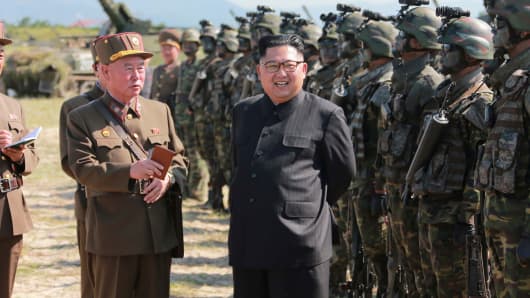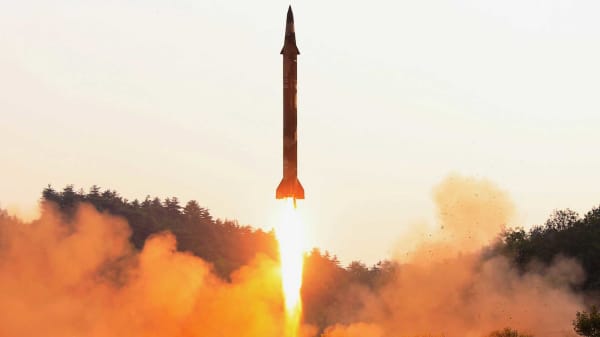To be sure, the emergence of North Korea's ability to target the United States changes the nature of our deterrent to a North Korean attack on the South. And as the North gains additional nuclear capabilities, there is the disturbing possibility that weapons or radioactive materials could be given to terrorists, enabling North Korea to strike with some degree of deniability. But, we have maintained extended deterrence for decades during the Cold War in similar circumstances against the Soviet Union and China.
For Americans at home, the president's threats directed at the North are the most visible indicator of altered risks in Northeast Asia. His threats have certainly mobilized public opinion, both a sense of alarm and, in some quarters, a certain satisfaction that the U.S. is powerfully standing up to evil. Abroad, the president's threats have raised significant concerns among our allies and friends, too.
The question of most importance is whether the president's threats are contributing to a peaceful solution to heightened risks or simply escalating the risks into a crisis that could break out into open warfare with catastrophic consequences.
Should war begin on the Korean Peninsula, we have many weapons, and several different military options, and while we could no doubt destroy much of North Korea and it's military, there are no options that could guarantee elimination of the North's nuclear capabilities without exposing South Korea and Japan to potentially hundreds of thousands of casualties caused by the North's military retaliation. So we can't rely on any pre-emptive or preventive military option, as in the U.S. invasion of Iraq. And, come to think of it, even that operation didn't turn out too well.
We also know from long experience with North Korea that their response to any bluster is to have the last word, and to escalate where possible. If we want to strengthen stability in Northeast Asia, raising tensions by exchanging escalating threats hardly seems the right way to proceed.
But perhaps such escalating tensions would cause China to take more effective steps to rein in North Korea? But China has its own objectives; it is less fearful of a nuclear-armed North Korea than a North Korean collapse, which could flood China with refugees and leave a U.S.-backed South Korea right on China's border. No, the so-called "madman" theory of international relations -- that others must step in to pressure the North because the president isn't rational -- won't work here.
Instead what is needed is pressure, private diplomacy, and strengthened missile defenses, both in South Korea and in the United States. Private diplomacy takes time. All foreign policy reflects to some degree domestic politics; and while the president may seek to keep his political base aroused by referring to a "storm," the decisive actions to defuse the mounting crisis need to occur privately, in the "calm." Hopefully, the president knows this.
Commentary by Retired General Wesley Clark, a former NATO Supreme Allied Commander and a Senior Fellow at the UCLA Burkle Center. Follow him on Twitter @
GeneralClark.
For more insight from CNBC contributors, follow
@CNBCopinion
on Twitter.




